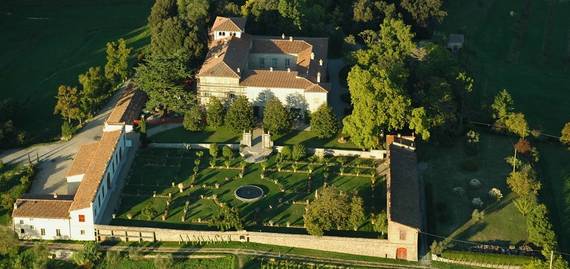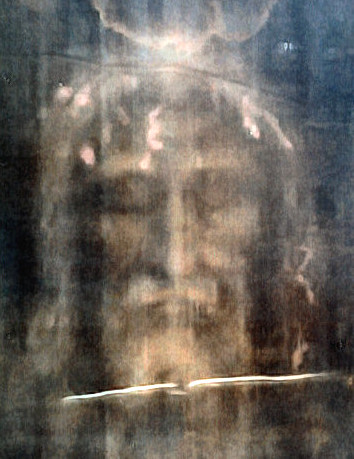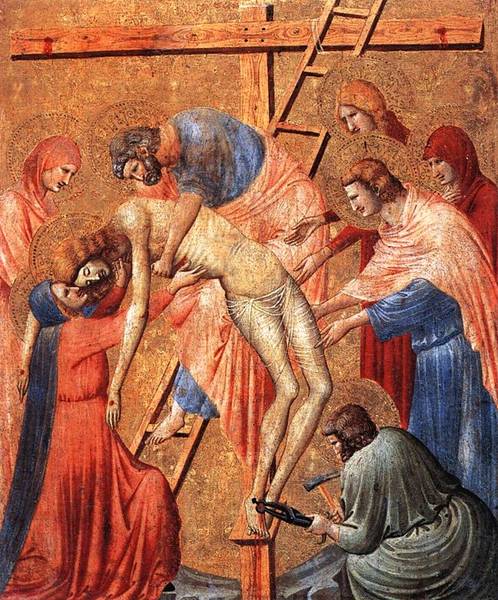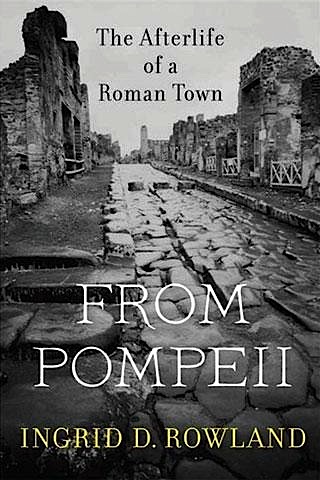by Charles Freeman. Oxford University Press 2014.
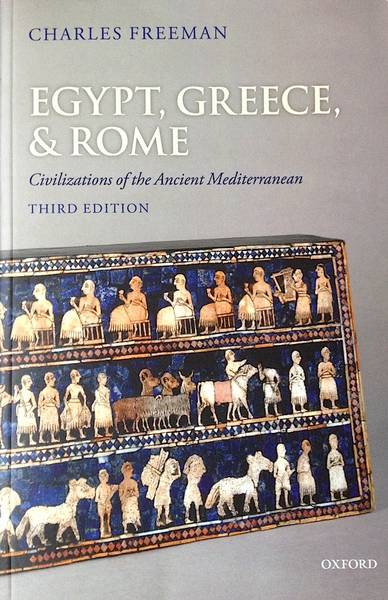
There can be few things more galling to a publisher or author than to receive the kind of reader letter that breezily announces complete satisfaction with the previous edition of a guide or text book and no intention of buying its successor.
Software companies make it impossible, after a while, to continue to use their products without upgrading. Print publishers cannot indulge in such tyranny. And yet if readers don’t buy the most recently updated editions, how are authors and publishers to stay afloat?
Thus it was with great interest that I picked up the new (3rd) edition of Charles Freeman’s Egypt, Greece, & Rome, published by Oxford University Press earlier this year. Would it make my old, much-thumbed 2nd edition obsolete?
Egypt, Greece, & Rome is an enormously ambitious book. It aims to provide, in just a single volume, a comprehensive introduction to the great civilisations of the ancient Near East, Egypt, Greece, Rome and Byzantium: their histories, behaviour, art, architecture, social structures, styles of warfare, belief systems, methods of government, thought processes, commercial networks, interconnections and legacy. No small task. But Freeman brings it off splendidly. The text is approachable and readable. It can be used both for sustained study as well as for idle browsing and dipping into. It is informative, succinct. There are no tedious digressions or woolly bits. It offers an opinion where an opinion is useful but does not dogmatically press an agenda. For the general reader, it is difficult to imagine how it could have been better done.
So what does the new edition have that the previous one did not? Of course, just as with any software update, there are things about the new version that are annoying simply because they are not the same as the old one. An Oxford comma has been introduced into the title, for example (this is OUP, after all) and Oxford commas annoy me–but I will get over it. Overall though, and on any serious level, there are remarkably few changes. This really is an update. The typeface has stayed the same. The structure of the book is unchanged. The selection of illustrations has been overhauled and the captioning system is much improved. I did feel though, that the illustrations themselves cohere less well. Gone are the pages of assorted pottery designs, sculpted heads, equestrian statues and temples, for example, that allowed a reader to compare and contrast styles and designs across centuries and even across civilisations. I miss the plan of the ancient Macedonian city of Olynthos, too, with its Hippodamian grid system and little domestic units.
But all this is just quibbling. The 3rd edition, in terms of the information it contains, certainly supplants the 2nd. The chapter on the ancient Near East has been substantially expanded. All through the book the latest findings are incorporated; new theories and thinking are discussed; more recent publications are quoted from. Thanks to the 3rd edition, I now know about a newer biography of Nero (by Edward Champlin), which seeks to do more than just portray a monster. The lovely little vignette of Pope Leo I castigating a group of Christians who had gone off message and were worshipping the Sun on the steps of St Peter’s is retained from the 2nd edition, but Freeman now adds more—just a clause here and there but it is enough—to flesh out even further this fascinating time when Christianity had been officially adopted but the old ways had not yet departed from men’s minds, instincts and hearts. Freeman is particularly good on Constantine and on his Roman-ness vis à vis his Christianity.
Suggestions for further reading—and this is a major improvement—are now incorporated into the text. In the previous edition they were scooped into a rather cumbersome and impenetrable listing at the end of each chapter. It is much better having them sown broadcast through the book, with the addition of a general “What to read next” chapter at the end.
The final chapter, entitled “Legacies”, is also new (at least, it might have appeared in the 1st edition, but it is not in the 2nd). It is a short chapter which outlines how the ancient world came back to us (in the Renaissance) and how it has continued to obsess us, from Grand Tourists in the 18th century to moviegoers in our own day, fired up by Gladiator. Freeman ends with a statement of robust support for the repatriation of the Parthenon Marbles and with a lament that the masuoleum of Marcus Nonius Macrinus, unearthed in 2008 beside the Via Flaminia, which leads northwards out of Rome, may have to be backfilled for lack of resources. Macrinus provided (very loose) inspiration for Russell Crowe’s character in Gladiator, which has swept the tomb to prominence even if it has not brought in any hard cash. “Legacies” is an excellent way to end the book. It gets one away from one’s desk and out to the sites themselves. Last month I visited Nonius Macrinus’ summer villa on Lake Garda. Not much remains of the 12,000 or more square metres it once covered but there are a few mosaic floors (as shown below) and stunning lake views. It must have been magnificent.
So to conclude? Yes. If you own and have enjoyed using Egypt, Greece and Rome edition 2, you need to upgrade to Egypt, Greece, & Rome edition 3. And if you have yet to make the acquaintance of either, get the new edition.
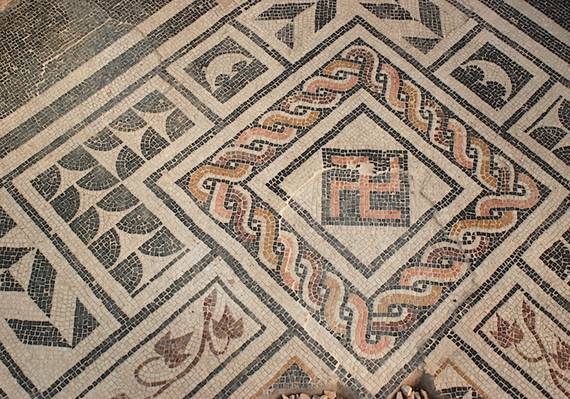
Reviewed by Annabel Barber, editor-in-chief of the Blue Guides and contributing author of Blue Guide Rome.







